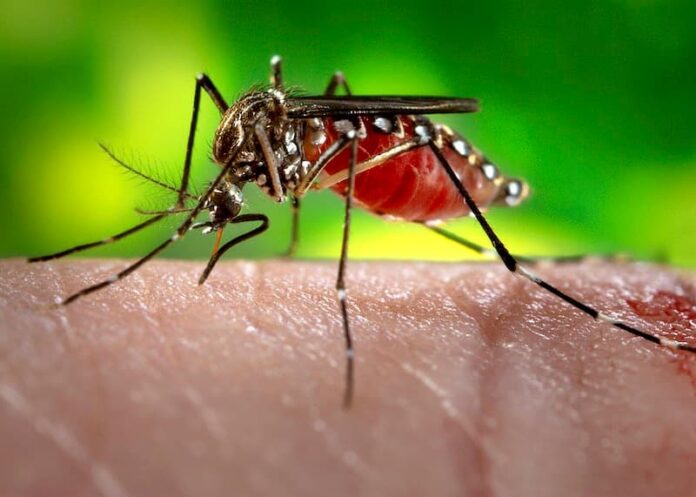As the rainy season approaches, cases of mosquito-borne diseases started to rise up in many countries throughout the world. There are some common mosquito-borne diseases that many of us know of, but there are more. I want to stretch out this knowledge a little more so I went on and did some research. Here I am bringing you the 10 most common mosquito-borne diseases around the world. Let’s take a look and see how many of them that you are familiar with.
1Chikungunya
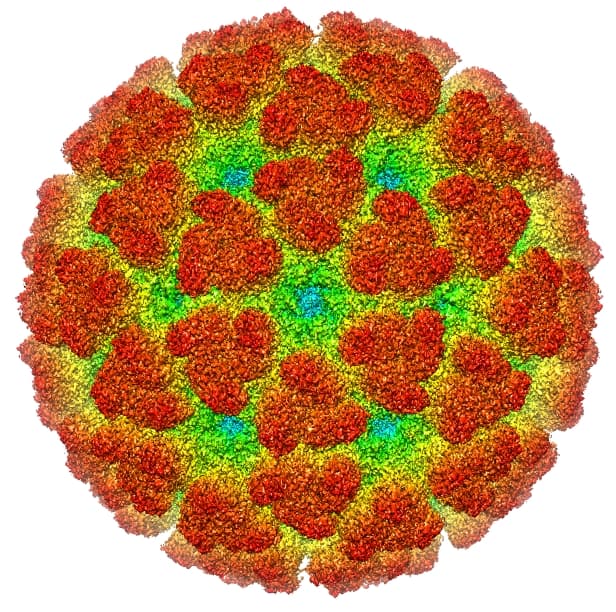
Where: Africa, Asia, Europe, The Americas
Transmitter: Aedes Aegypti & Aedes Albopictus Mosquitos
With the first case in the 1950s, Chikungunya has become one of the viral mosquito-borne diseases. The condition of the patients will improve within a week or so, but the pain never goes away completely. The dangerous thing about this virus is that occasionally joint pain may last for months or even years in some cases. There are no treatment modalities for acute and chronic Chikungunya at the moment. Most treatments use supportive and symptomatic care like analgesics for pain and anti-inflammatories for inflammation as well as plenty of rest.
Symptoms
The symptoms of Chikungunya typically include sudden-onset fever, headache, joint pain and swelling, muscle pain, fatigue, and rash. Because Chikungunya shares some clinical signs with Zika and Dengue, diagnosis can be difficult sometimes. It often leads to potential misdiagnosis in areas where these diseases are prevalent.
2Dengue Fever
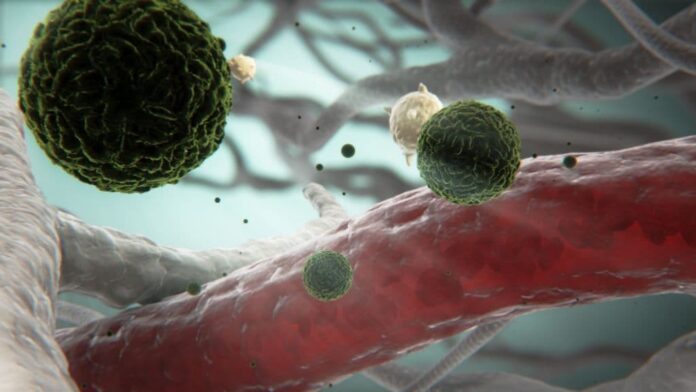
Where: Worldwide
Transmitter: Aedes Aegypti Mosquitos
This is a very common mosquito-borne disease that affects people especially young children throughout the world. In recent decades, the global incidence of this virus has grown dramatically. In fact, there are around 40% of the world’s population is now at risk, according to World Health Organization. Each year, there are about 25,000 people die from dengue fever around the world. The recovery of dengue fever usually takes between 2 to 7 days through a treatment of IV fluid injections.
Symptoms
The symptoms of dengue fever typically begin between 3 to 14 days after the infection. Those include high fever, vomiting, headache, joint and muscle pains, and skin rash. The dangerous thing about dengue fever is that it can develop into dengue hemorrhagic fever which is more severe. Symptoms of this more dangerous form are bleeding under the skin and constant vomiting. Diagnosing this fever can be daunting sometimes because its symptoms often overlap with similar diseases like malaria and typhoid fever. There are times when the results came back too late which led to fatalities in patients.
3Japanese Encephalitis
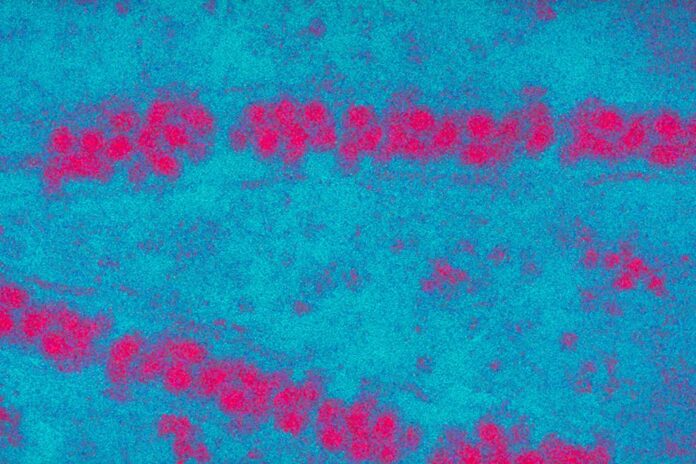
Where: Asia, Western Pacific
Transmitter: Culex Mosquitos
Japanese Encephalitis caused by the Japanese encephalitis virus is a flavivirus related to dengue, yellow fever, and West Nile viruses. The transmission is mainly during the warm season when large epidemics can occur. The first cases of this viral encephalitis virus were in 1871 in Japan. This disease occurs in many countries in Asia and Western Pacific region. So far, there is no cure for the disease yet, and treatment focuses on relieving severe clinical signs and support. However, you can get the vaccines to prevent Japanese Encephalitis.
Symptoms
Most infections are mild or without apparent symptoms at all. The virus has an incubation period between 4 to 14 days, and the primary symptoms are fever and headache. As for the severe cases, symptoms may include high fever, headache, neck stiffness, disorientation, coma, seizures, spastic paralysis, and ultimately death.
4Keystone Virus
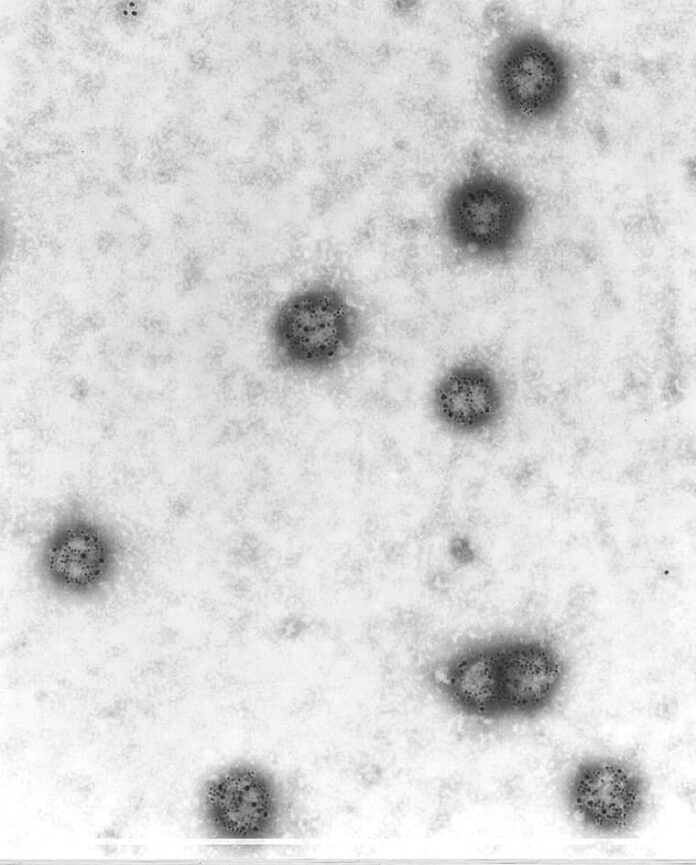
Where: Florida
Transmitter: Aedes Mosquitos
This is one of the common mosquito-borne diseases that can infect humans and other mammals. The first discovery in animals was in 1964 in the Keystone area of Tampa, Florida. Apart from humans, the virus also infects animals like squirrels and deer as well. As for the first virus case in humans was in 2016 when a teenage boy starts having rashes on his chest. This virus can lead to encephalitis or swelling of the brain. The case is not so widespread, but it is essential to be aware of this disease before things get more serious.
Symptoms
It took the researchers almost 2 years to determine the first case of Keystone virus in a teenage boy in Florida. The symptoms of Keystone virus are rash, fever, headache, muscle aches and pains, vomiting, and diarrhoea. In severe case, which the teen did not experience, the symptom can also be brain inflammation.
5Malaria
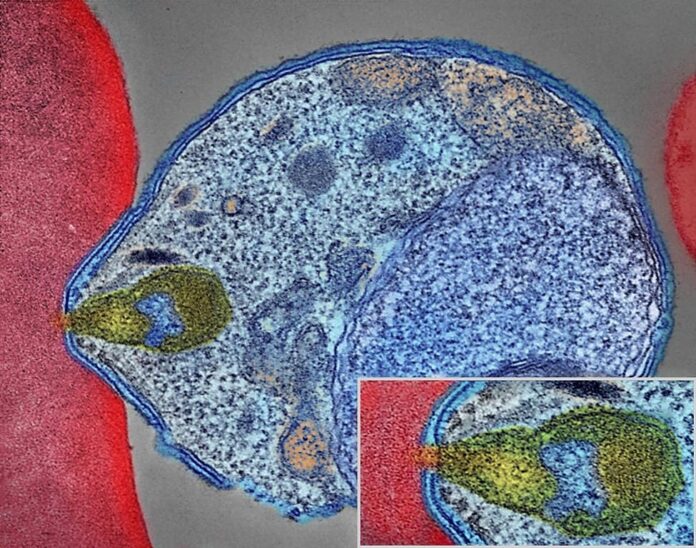
Where: Africa, South Asia, Central & South America, the Caribbean, Southeast Asia, the Middle East, Oceania
Transmitter: Female Anopheles Mosquitos
Among mosquito-borne diseases, Malaria is quite a serious and fatal disease that affects both humans and other animals. The mosquito bite introduces parasites from its saliva into the person’s blood. The parasites then travel to the liver where they mature and reproduce. Children especially those whose age is under 5 are the most vulnerable group to this disease. Malaria is preventable and curable, especially in early stages.
Symptoms
The signs and symptoms of malaria typically begin between 8 to 25 days after the infection. The first symptoms are fever, headache, and chills, most of the time are too mild and difficult to recognize as malaria. After 24 hours of showing symptoms without treatment, malaria can progress to severe illness which often leads to death.
6West Nile Virus
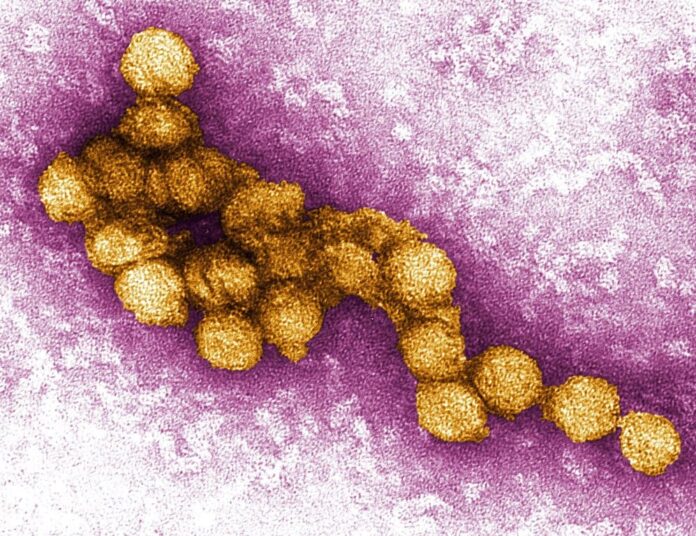
Where: Africa, Europe, Middle East, North America, West Asia
Transmitter: Culex Mosquitos
Goes by the abbreviation WNV, West Nile Virus is one of the mosquito-borne diseases that you should know. This virus can cause a fatal neurological disease in humans, and it can cause severe disease and death in horses. There are vaccines available for use in horses, but not yet available for people. The surprising fact is that birds are the natural hosts of this virus. The largest outbreaks of this virus were in Greece, Israel, Romania, Russia, and the USA on major bird migratory routes.
Symptoms
Up to 80% of patients do not show any signs or symptoms at all which leads to severe infections. As for those who develop symptoms, they may experience fever, headache, tiredness, nausea, vomiting, body aches, skin rash, and swollen lymph glands. The severe disease symptoms are headache, high fever, neck stiffness, stupor, disorientation, coma, tremor, convulsions, muscle weakness, and paralysis.
7Yellow Fever

Where: Africa, Central & South America
Transmitter: Aedes Aegypti Mosquitos
Yellow fever is an acute viral mosquito-borne disease with a short duration. The yellow in the name refers to jaundice that affects some patients. Doctors use numerous drugs to treat the disease with minimal satisfaction to date. As for patients with multisystem organ involvement, they will require critical care support. Those include possible hemodialysis or mechanical ventilation. In some other cases, rest, fluids, and acetaminophen also help to relieve milder symptoms of fever and muscle pain as well.
Symptoms
In most cases, symptoms of yellow fever are fever, chills, loss of appetite, muscle pains, nausea, jaundice, and headaches. These symptoms tend to improve within 5 days, but there are still about 30,000 people die from yellow fever every year.
8Zika Virus
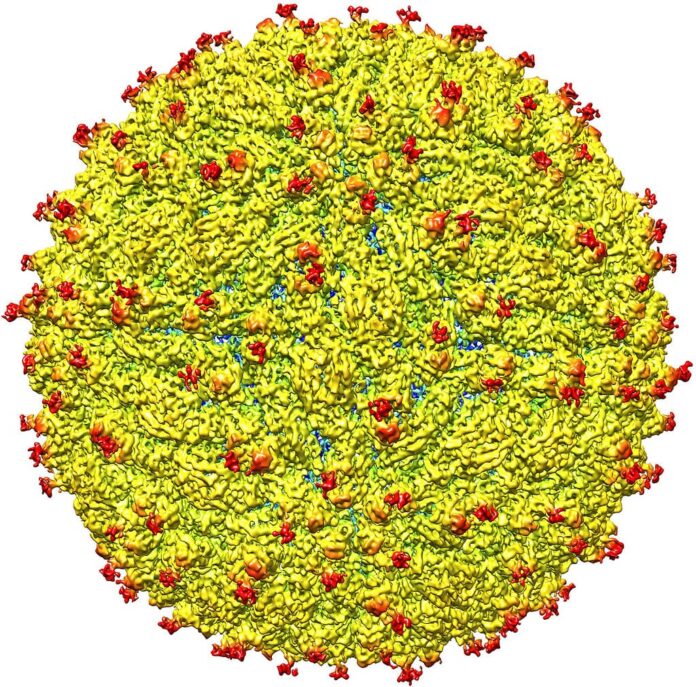
Where: Africa, Asia, The Americas, The Pacific
Transmitter: Aedes Mosquitos
Also goes by the name Zika, it is a mosquito-borne disease caused by Zika fever. This virus is severe for the woman who gets the virus during her pregnancy because it affects her baby. There is a high chance that she can bear a child with serious health conditions. Zika infection in pregnancy can also result in complications such as fetal loss, stillbirth, and preterm birth. Those include microcephaly and Guillain-Barre syndrome which can cause life-long disabilities. The only way to know if a person has Zika virus is by laboratory tests of body fluids such as urine, saliva, and blood.
Symptoms
The unique thing about this virus is that there are no symptoms in many cases. If there are, the symptoms present in a similar way to dengue fever. The symptoms of Zika fever are fever, red eyes, achy muscles, joint pain, headache, and maculopapular rash. Symptoms can last from several days to weeks, but death resulting from this infection is rare.
Bonus: Mosquito Transmission Diseases
9Ross River Fever
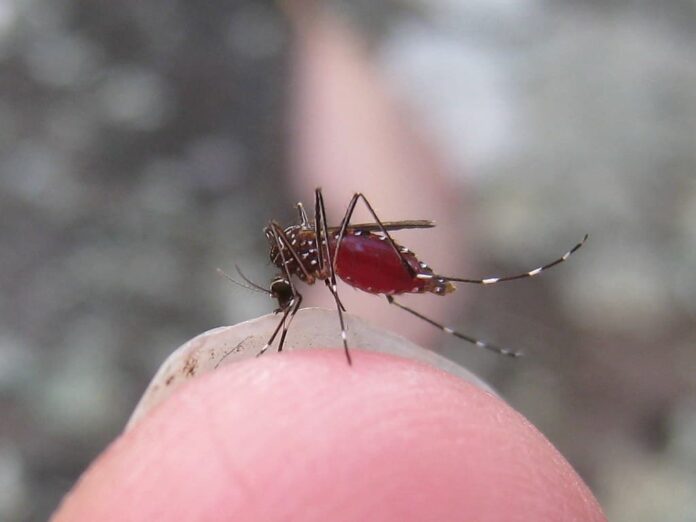
Where: Australia, Papua New Guinea
Transmitter: Culex, Aedes Vigilax, Aedes Notoscriptus Mosquitos
So Ross River virus is the cause of this fever, and the virus belongs to a group of viruses called Arboviruses. Simply put, they are arthropod-borne viruses, and infected mosquitos are the transmitter of these viruses. The number of infections tends to peak in the summer and autumn months. There is no specific treatment for Ross River virus infection, doctors will give patients medications to ease the discomfort of the symptoms.
Symptoms
The symptoms usually develop in 7 to 10 days after the bites. Different people have different symptoms:
- Some people will have flu-like symptoms such as fever, chills, headache, and aches and pains in the muscles and joints.
- Some people may experience swollen joints and stiff joints in the morning.
- There can be rashes on the body, arms, or legs. The rash usually disappears after 7 to 10 days.
- A general feeling of being unwell, tired, or weak.
Related Post: Dangerous Mosquitos & Diseases They Transmit

